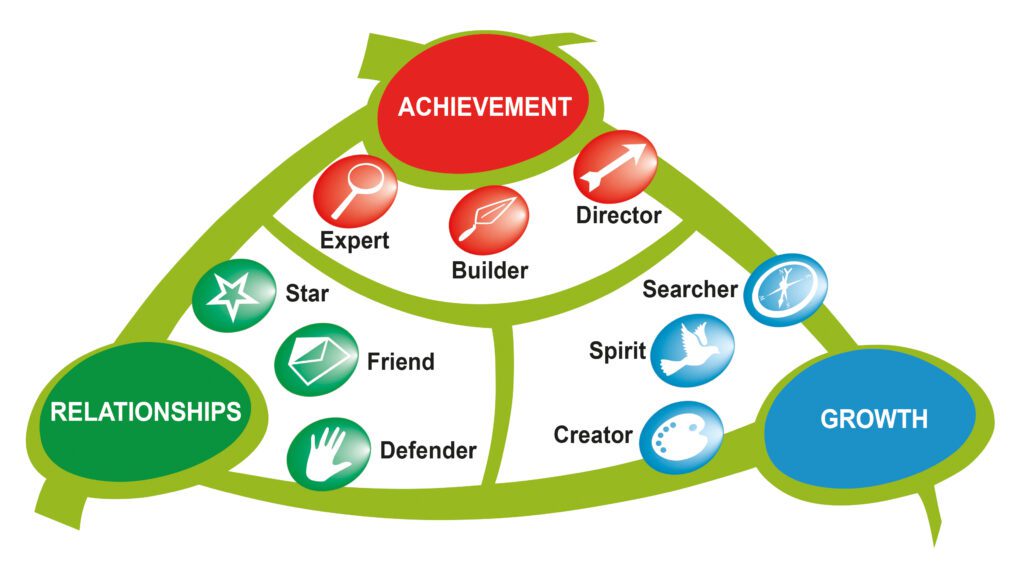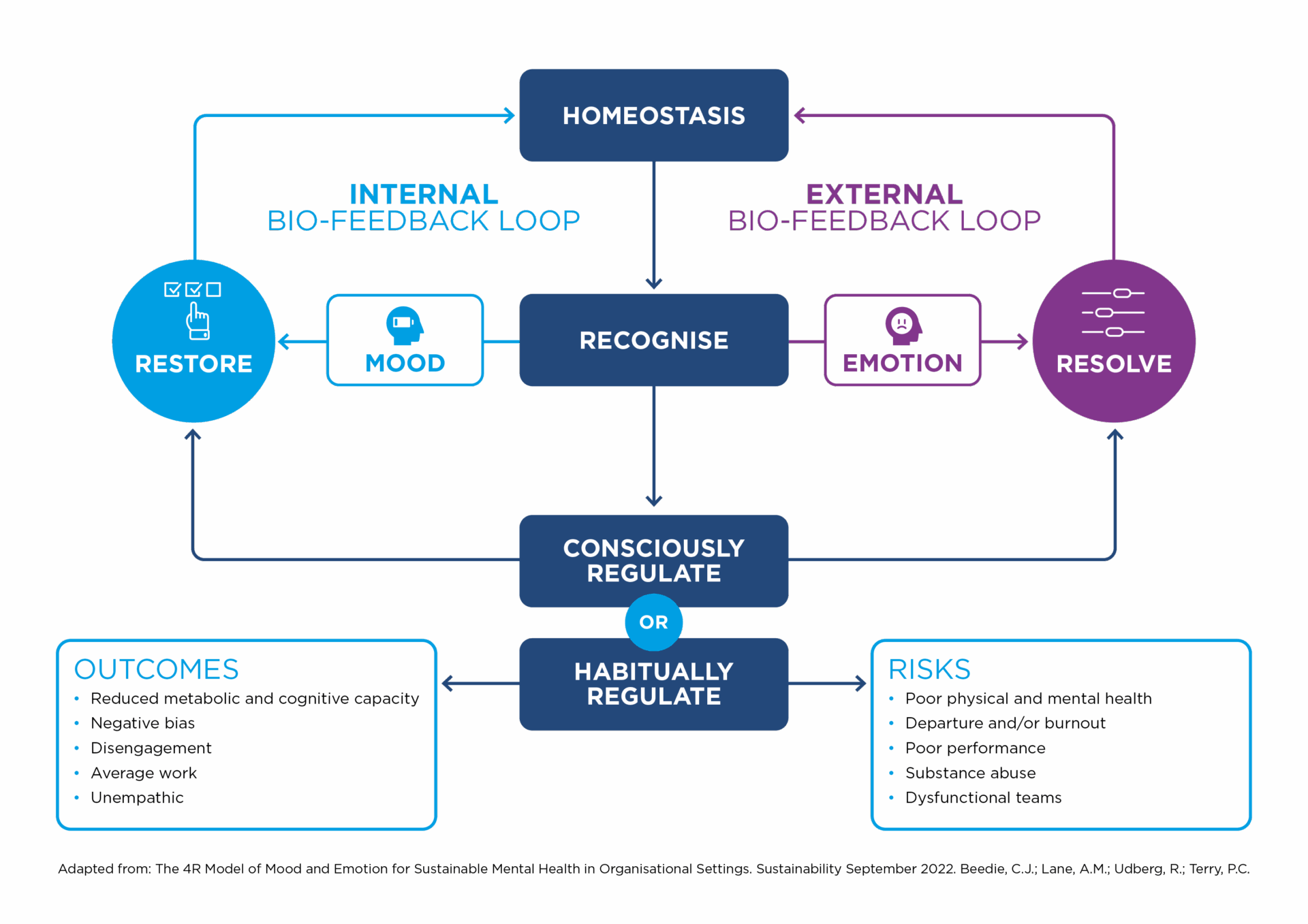Why leaders need to understand people’s motivations

One of the elements of catalytic leadership is understanding motivation (Developing Catalytic Leaders to Drive Change). Why is it so important for a leader to be aware of what motivates his/her people? Often there is an assumption that what motivates the leader motivates other people, however, this assumption is highly detrimental to the team’s dynamics and, rather than improving the energy, it can lead to conflicts.
Instead, highly motivated people are:
- 50% more likely to exceed their performance targets
- 18% more productive
- 49% less likely to leave
- 4.5x revenue growth in organisations with highly engaged employees
The three most important reasons why understanding people’s motivation is crucial to effective leadership
1. Speed and adaptability to change
There are 9 motivational drivers, which can be categorised in three clusters, according to Motivational Maps, created by James Sale. The clusters are Relationships, Achievement and Growth, they differ in how people feel about risk and change. People who have their top motivator in the relationship cluster value social connections, such as belonging, recognition and stability. These individuals tend to be the most adverse to change, as changes compromise the relationships they have established over time. Leaders who understand motivation recognise that people who are motivated by relationships prefer to keep the status quo, over sudden transformations.
Those who have their top motivator in the achievement cluster like to feel fulfilled in the present, either by having control over people or resources, or by being knowledgeable, or by accumulating wealth. These people tend to be very present-focused, evaluating decisions and reaction to change depending on how these will affect the near future. Leaders need to be aware that people who value achievement can be in favour of or against innovation. Individuals with their top motivator in the growth cluster thrive on innovation, they value freedom, creativity and making positive changes. As you may have guessed, they are the most likely to be on board when leaders implement transformations, even if they may disrupt the present situation. These people can act as role models to cascade changes in the organisation.
2. Prevent Conflict
When a leader proposes innovations, the reactions in the room can be diverse and now we can already explain part of the reason why this happens, based on people’s motivators. Being aware of what motivates members of the team can help the leader predict their reactions in these situations. If leaders are having a conversation with someone motivated by relationships, reassuring them of the benefits of any changes is important. They want to be kept in the loop and receive regular communication on what is happening. Keep in mind that “relationship people” might have tensions with those motivated by the growth cluster, as the latter will be excited by innovations and they may even suggest further changes. Someone who is motivated by stability and consistency could come into conflict with someone who prefers to go with the flow, suggesting creative solutions, rather than following processes.
Conflict not only arises from differences around progress and innovation, but it also stems from a tension between incompatible values people hold. For example, someone who values meaning and purpose believes that doing the right thing is more important than making a profit. On the other hand, someone with a strong commercial vision is energised by hitting targets and making money, which will override doing a pro bono job. From these examples, it is easy to see how values can clash when making decisions. Knowing where the tensions come from and being able to recognise that they are due to conflicting motivators allows people to respect and understand a different view, even if it isn’t shared.
3. Create the right environment
Motivation comes from within, it can’t be forced externally, therefore a leader can’t directly motivate his/her employees, ultimately they will have to motivate themselves. Is there anything leaders can do to inspire engagement and positive energy? The answer is yes, of course. Leaders can create opportunities and adapt the environment to suit someone depending on their top motivators. For example, if someone thrives on freedom and independence, leaders need to make sure they have clear boundaries within which employees can make their own decisions. Others could be motivated by learning new information and applying the latest knowledge to their work. They would benefit from having the opportunity to attend courses and mentor someone to share the knowledge they have acquired. Someone else can be energised by social relationship and connectedness. For them, having the possibility to have social events and work friends is incredibly motivating. Understanding motivation is a great tool for a leader, it impacts engagement, wellbeing, communication, teamwork, productivity, self-awareness. For more information, visit https://fullpotentialgroup.co.uk/motivational-maps.








